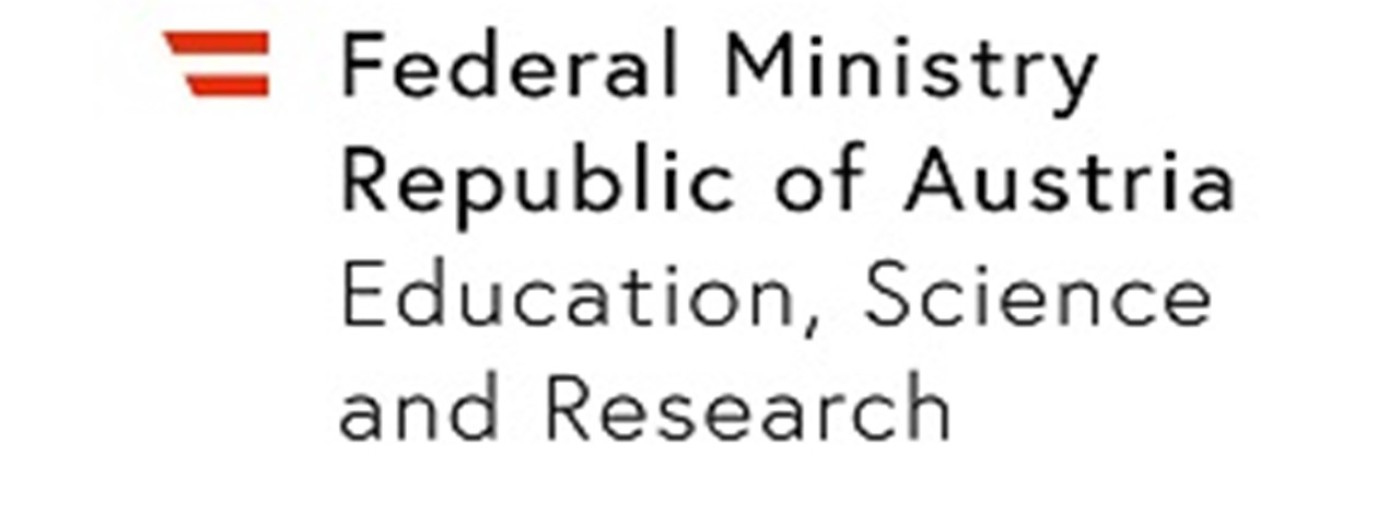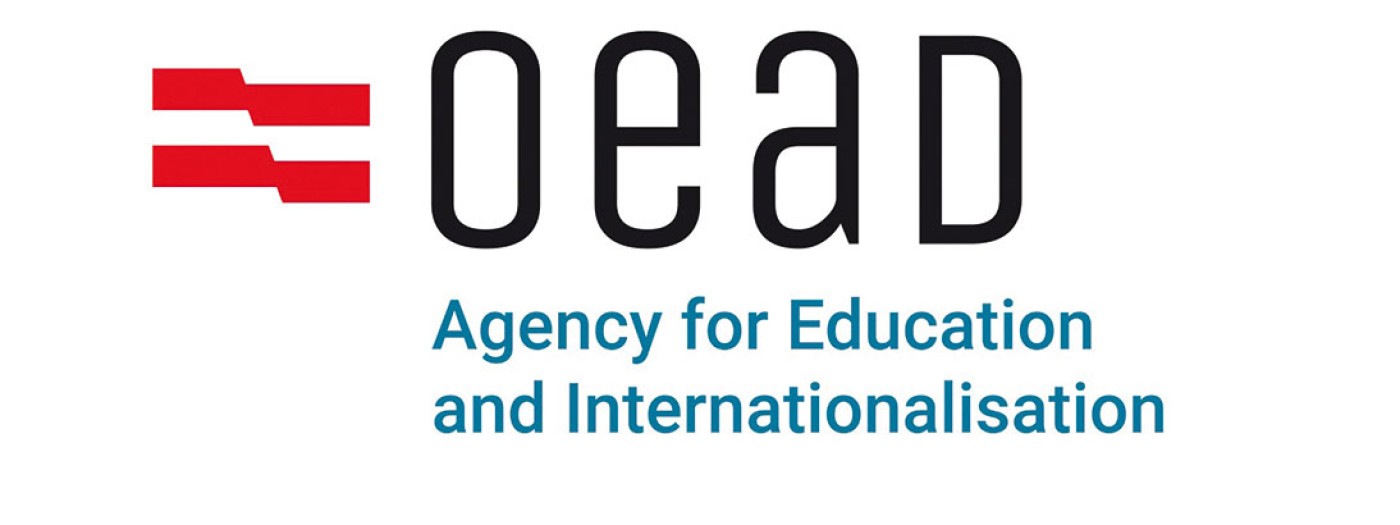Minnows (Phoxinus spp.) are small fish found in streams of the trout and grayling region, but they also inhabit streams of lower elevations as well
as standing waters. For over a century it was thought that there is only one widespread species distributed across Europe
- the European minnow (Phoxinus phoxinus). It is only in the last 20 years that intensive research has revealed that "P. phoxinus" is a species complex that currently includes 23 genetic lineages, 13 of which are considered valid species. With data for
some major river basins still lacking, the number of minnow species is probably going to increase further. However, lack of
knowledge is not the only problem complicating conservation efforts for the genus Phoxinus. Minnows have often been used as live-baits or fries for larger fish, and they are also used as ornamental fish in garden
ponds, thus they were, intentionally or unintentionally, translocated between or to new areas. Non-local minnow species can
act as invasive species, interbreeding with locally native minnow species or acting as their competition. In addition to being
threatened by their non-native relatives, minnows are also threatened by other (human-induced) factors, such as destruction
of habitat and climate change. According to current knowledge, four minnow species live in Austrian waters. By analyzing museum
material in the fish collection of the Natural History Museum Vienna, it was shown that three species (P. csikii, P. lumaireul, P. marsilii) are likely to occur naturally, while P. phoxinus was probably introduced. In order to sustainably protect and promote minnows in Austria, we need to know the species distributions,
the locations of undisturbed, native populations, and whether other, previously undescribed species of minnows may still be
found in Austria.
In the project Biodiversity of Phoxims minnows in Austria, which is financed by the Federal Ministry of Austria Education, Science and Research and the OeAD, new scientific knowledge about the distribution and diversity of minnows in this country will be gained. The two Citizen
Scientist groups involved (school children and sport fishermen) will play a key role in sampling and data collection, as well
as be involved in data analysis and discussion. In addition to achieving the scientific goals, the project aims to educate
the pupils in scientific processes and independent research. It should also raise awareness of species and nature conservation
issues.
The participation of teachers will enable a transfer of the methodical and content-related project results into the educational system. In the project, the role of the sport fishermen is also very important, as it will considerably increase the chances of a successful implementation of the project results.
The participation of teachers will enable a transfer of the methodical and content-related project results into the educational system. In the project, the role of the sport fishermen is also very important, as it will considerably increase the chances of a successful implementation of the project results.
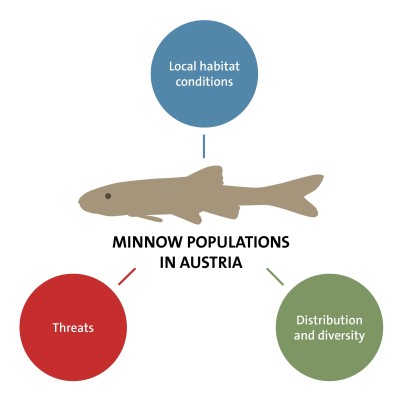
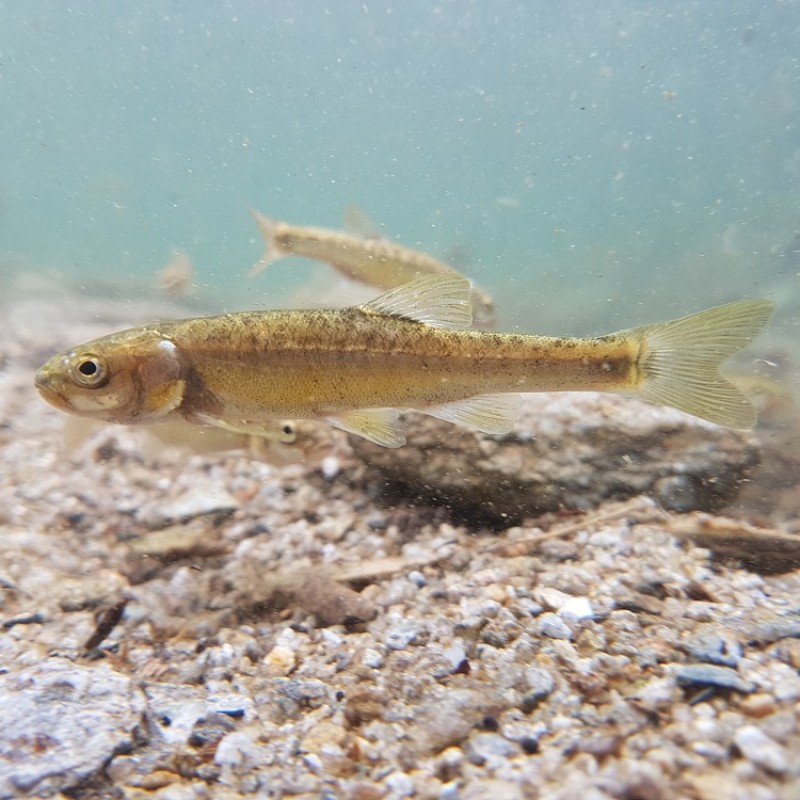
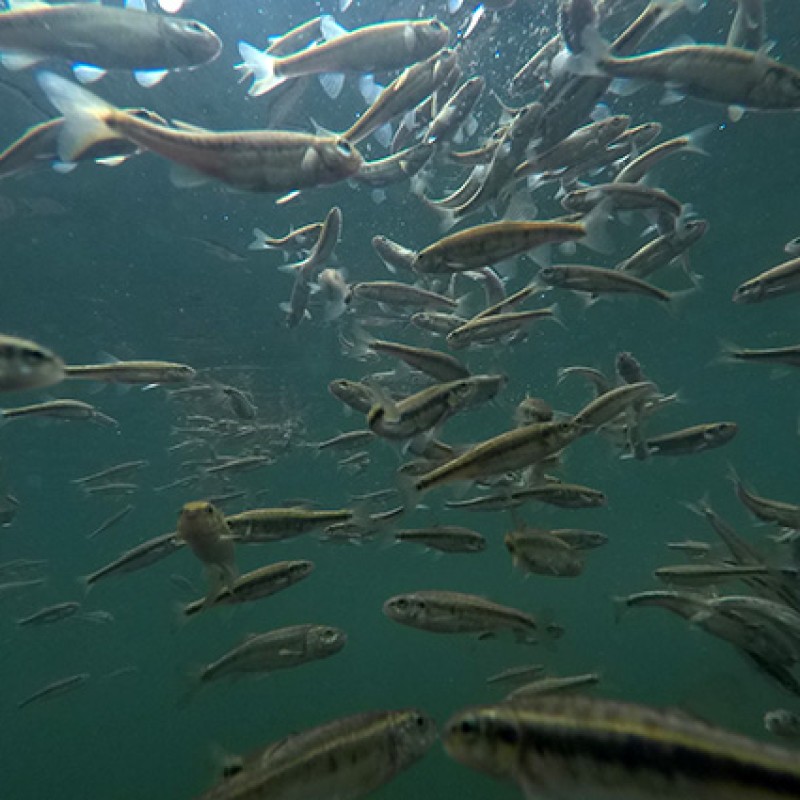
Fishermen will help as active collectors, evaluators of local habitat conditions, as well as gain knowledge on pitfalls of
non-native fish introductions. The project team, which is composed of scientists from the NHM Vienna and the Research Institute
Mondsee as well as experienced PR experts, will ensure that high scientific standards and good scientific practice are maintained.
Further information:
https://www.nature.com/articles/s41437-019-0292-1https://www.abol.ac.at/project/phoxinus/
https://www.zobodat.at/publikation_volumes.php?id=69809 (Acta ZooBot Austria 158, 2022, 189–199)

